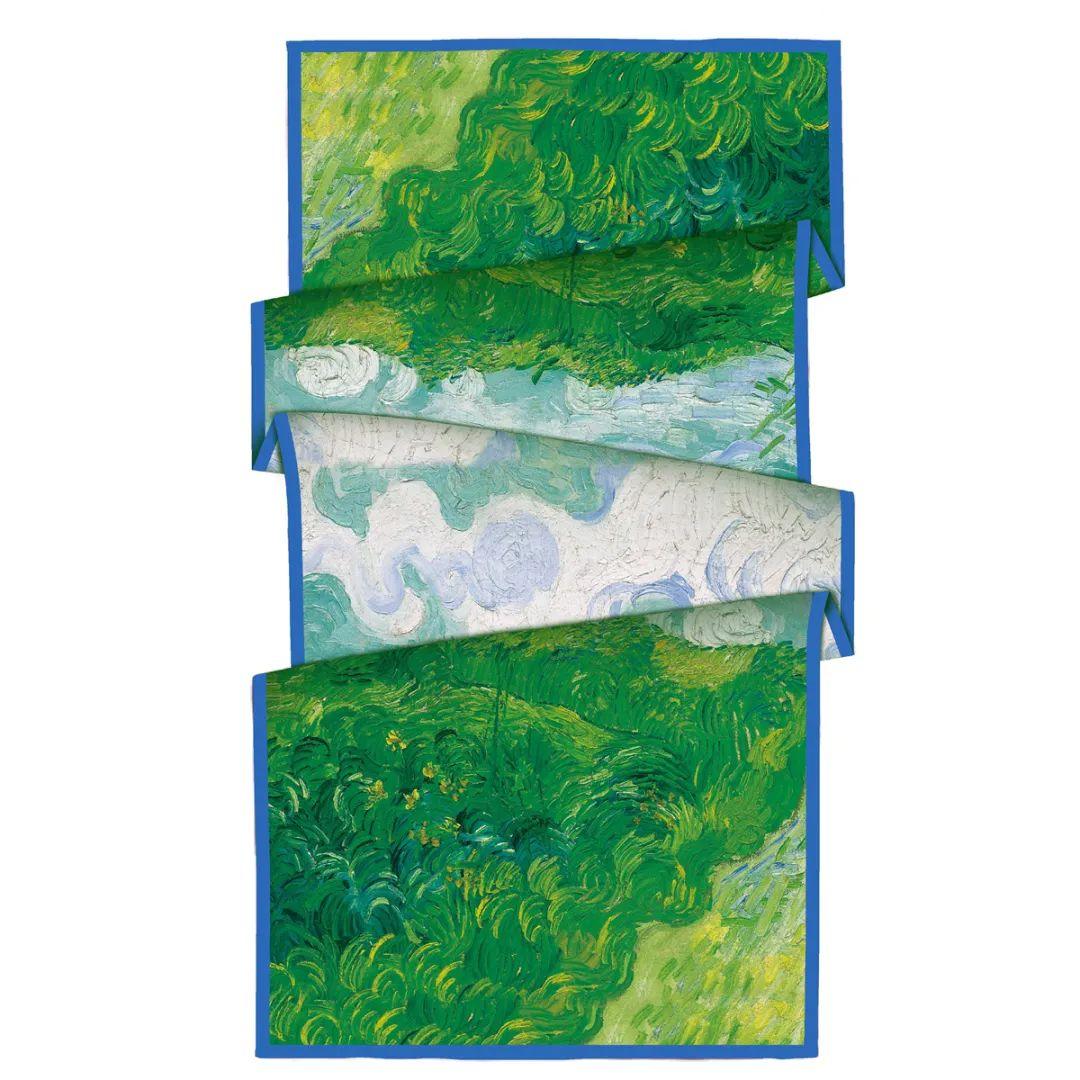The reasons for the popularity of octopus hats abroad may involve a number of aspects, the following are some possible explanations:
Creativity and fun: octopus hats have attracted a large number of consumers who pursue individuality and fun with their unique shapes and designs. These hats usually have exaggerated octopus shapes, and some are equipped with eyes, tentacles and other details, enabling the wearer to stand out in the crowd and increase the turnover rate.
Festivals and party culture: in foreign countries, especially Halloween, parties and other festive occasions, people like to wear a variety of strange, peculiar costumes and accessories to create the atmosphere. Octopus hat as a creative accessory, naturally become a popular choice for these occasions. It not only adds to the festive fun, but also makes people more visible at parties.

Influence of social media: With the popularity of social media, people are more and more like to share their life on the network. Octopus hats can easily become a hot topic on social media due to its unique appearance and quirky effect. When someone wears this kind of hat and shares it on social media, it is likely to trigger other people's attention and imitation, thus further promoting its popularity.
Cultural fusion and innovation: cultural fusion and innovation is the norm abroad. The octopus hat may have been created by incorporating new elements and creativity into the traditional hat design, resulting in this unique hat. This kind of innovation not only meets the consumers' pursuit of new things, but also promotes the diversity and inclusiveness of hat culture.

Business promotion and marketing: When promoting and selling octopus hats, merchants may adopt various marketing strategies and means to attract consumers' attention. For example, celebrity endorsements, limited-time discounts, and social media advertisements are used to increase product awareness and sales. These business activities have undoubtedly contributed to the popularity of octopus hats as well.
Octopus (octopus) has different symbolic meanings in different cultures. Here are some of the main symbolic meanings:
Wisdom and adaptability:
Octopuses are known for their high intelligence and complex behavioral patterns. They are able to solve problems, use tools, and demonstrate a high degree of learning and memorization. For this reason, the octopus is often seen as a symbol of intelligence and adaptability.

Flexibility and Variety:
Octopuses are very flexible and can adapt to their environment by changing color and shape to escape predators or capture prey. This ability makes the octopus a symbol of flexibility and change, representing the ability to cope with change and adapt to the environment.
Mystery and the unknown:
Living in the deep sea and possessing a mysterious and unique appearance, the octopus is often seen as a symbol of mystery and the unknown. In many myths and legends, octopuses are depicted as mysterious sea creatures, symbolizing the unknown world of the deep and unanswered questions.

Multitasking:
Octopuses have eight tentacles that allow them to perform multiple tasks at once. This makes the octopus a symbol of multitasking and versatility, representing the ability to efficiently accomplish multiple tasks in complex environments.
Protection and Concealment:
Octopuses confuse their enemies and evade capture by spraying ink, a behavior that symbolizes protection and concealment. Their defense mechanisms represent the ability to protect themselves from harm and conceal themselves from danger.

Interpretations may vary from culture to culture and background to background, but these are some of the more common symbolism of the octopus around the globe
Interpretations may vary from culture to culture and background to background, but these are some of the more common symbolism of the octopus around the globe


